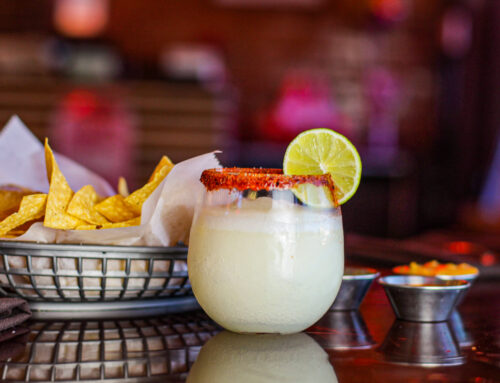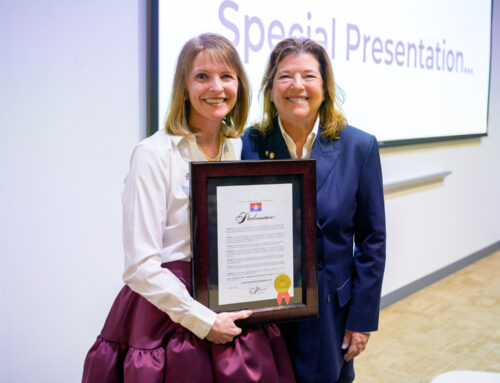Today, his is a household name, but Mariano Martinez’s celebrity didn’t come without years of tough work, unfailing persistence and an uncanny knack for turning hard luck into good fortune. Here, the restaurateur, father of the frozen margarita machine, and Woodrow Wilson Hall of Fame inductee dishes about lessons learned and struggles surpassed along the way to becoming a Tex-Mex legend.
Describe your early restaurant experience.
Back in the ’50s and ’60s — my formative years — Dallas wasn’t the melting pot it is today. It wasn’t until I got to Woodrow that I actually met other Hispanic students. I was treated as a third-rate citizen a lot of times — that is what drove me to want to be successful … My mother’s uncles are the Cuellars, who founded the El Chico restaurants. My dad purchased a share in the original Lakewood location (now Cantina Laredo). He and my mom worked together there. Back then there were no celebrity chefs … being in the restaurant business held none of the prestige it sometimes does today. You worked hard, long hours — my dad worked opening and closing double shifts six days a week to help make that restaurant successful. I watched him and, honestly, it was nothing I wanted to do.
So you didn’t want to go into the restaurant business?
I had worked in the restaurants since I was 12. I bought a motorcycle when I was 12 and a new car when I was in eighth grade and I liked to dress nice, so the money was good. I ended up dropping out of school, but a couple years later I earned a GED and went to college. I went to El Centro and then North Texas … by that time I was suffering an identity crisis. I loved music, but wasn’t a good enough musician to make a career, and no, I didn’t want to work in the restaurant business as I knew it.
How did you end up there, then?
There was a shop owner near UNT who convinced me that Denton needed a Mexican food restaurant, and I became obsessed with the idea. I had an artist friend draw up my vision and I carried it around. I got financing from a Denton banker to open at a new mall, but two years went by, and the construction hadn’t even started. That’s when I found the perfect spot in the newly built Old Town Shopping Center. Problem was, the Denton bank didn’t want to finance a Dallas restaurant. So I began approaching Dallas banks with my proposal, getting turned down a dozen times … I didn’t let the negativity get me down. I kept hearing no, but I kept persisting. I had tried all the smaller banks, thinking that was my best bet. But soon I had no choice but to try a bigger bank. One morning I walked into First National Bank in Dallas. I asked a woman, sort of tongue-in-cheek, where I could find the restaurant loan department. She laughed and said, “We don’t give loans for restaurants.” A man at the bank overheard me though … introduced himself as Joe Taylor. He invited me into his office and told me it was my lucky day. Just moments ago he had left a loan committee meeting where members had decided the bank was in a position to make loans to small business entrepreneurs — specifically minorities. It was my lucky day. Ironic, because my heritage, which once caused me pain, saved me.
When you finally opened Mariano’s in Old Town was it all you had imagined?
And more. Opening night there was a crowd. Like my father, I liked to blend frozen margaritas for customers — it was this magical drink … he would mix them and soon the people were all happy. But there was a problem: One of my bartenders nearly quit over having to repeatedly serve the time-consuming blend. I saw my dream slipping away … the next morning I walked into a 7-Eleven and there, the Slurpee machine inspired what would eventually become the frozen margarita machine that sits in the Smithsonian museum today.
And how did it feel to send your machine off to the Smithsonian?
It was exciting, and we received a lot of national media attention — though it was a little hard letting it go out the door.





